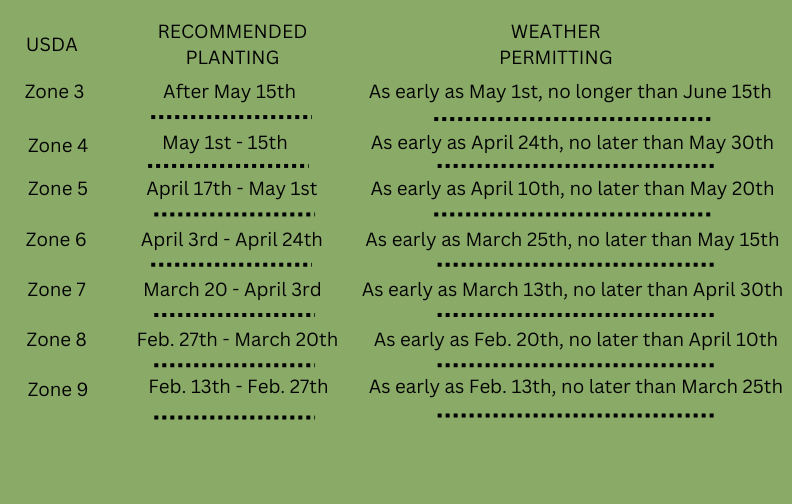| Quantity | Price |
| 1-9 | $15.50 |
| 10 + | $14.95 |
From the University of Saskatchewan Tundra lives up to its name, as the plants have extreme tolerance to cold climate conditions. The plants grow vigorously and will grow to a mature height of 6.5 feet within a few years. Large light blue berries average fruit weighing 1.5 grams, similar to a medium size blueberry. The firm fruits will melt as they are eaten and are highly aromatic. Tundra is considered to be the best cultivar for the commercial grower. The fruits have the excellent firmness with a small dry stem scar, and can be harvested mechanically with a blueberry harvester. The fruits are large compared to other cultivars with the average fruit weighing 1.5 grams, similar to a medium size blueberry. The firm fruits will melt as they are eaten and are highly aromatic, black raspberry sweetness with a blueberry tang. The fruits shape, light blue color, and size are very attractive for fresh markets and well suited for quick frozen for the process markets.






